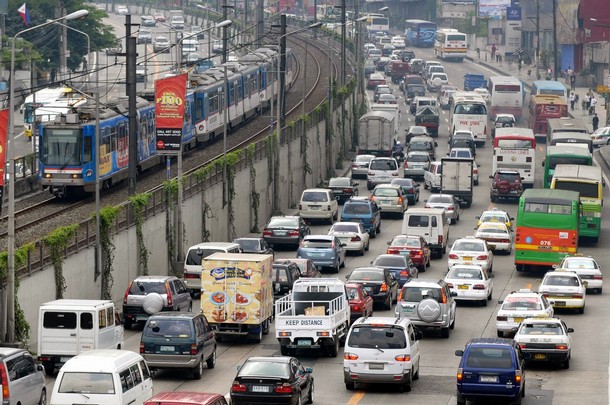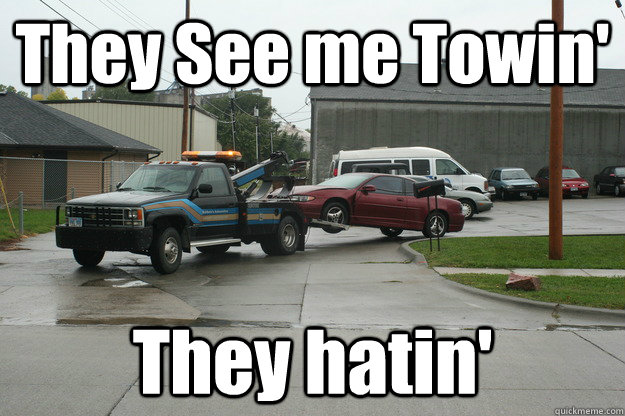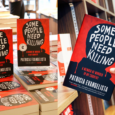10 Confusing Policies or Practices in Manila
Surviving Manila does not only involve having a lot of patience when stuck in the middle of an almost non-moving traffic jam. We also need to be familiar with the different policies and practices that are either strange, confusing, makes us scratch our heads, or gives us headache. These policies and practices are made in form of questions to encourage those knowledgeable about them to shed some light and help us comprehend.
There may be reasons for these policies or practices that we aren’t aware of, but sometimes the inconsistencies or oddities behind them make us question how helpful or legit they are, or if they are really helpful rather than dangerous. Still, it is important to know these policies and practices so that you don’t inadvertently break any of them and get penalized.
And keep in mind, ignorance of the law excuses no one.
10. Why is the Number Coding System is not consistent in the whole Metro Manila?
The Metropolitan Manila Development Authority (MMDA) implemented the Unified Vehicle Volume Reduction Program (UVVRP), or what is popularly known as the number coding system, in 1995. Its main purpose is to reduce the traffic jam on the road by following a number coding scheme during peak hours on weekdays.
Under the number coding system, vehicles are banned from the roads of Metro Manila from 7AM to 7PM based on the final digit of the vehicle’s license plate. However, there are certain city-specific implementations that cause confusion to motorists. For instance, some cities have window hours (usually between 10AM to 3PM) where banned vehicles can travel while in some, banned vehicles aren’t allowed. Some major highways have window hours regardless of the city they are in. Meanwhile, some cities don’t implement the number coding system at all.
A possible reason behind the inconsistency is due to the varying volume of vehicles in different cities. Those areas that have less vehicles are more lenient compared to business districts in the metro, which are stricter and don’t have window hours.
For the details of current implementation of the number coding system, get it here.
Thus, if you drive a car in the city, make sure that you are familiar with these rules. Otherwise, you’ll be surprised that while on the road, you can be asked to stop suddenly as you traverse from one city to another, if there is a change in number coding scheme applied.
9. Why are inflated balloons not allowed on trains?
A little bit of flashback, in December 30, 2000, a series of bombings happened in Metro Manila. One of these bombings happened in a train cab at the Blumentritt station of the LRT Line 1, which claimed the most lives. Due to this and the rampant bomb threats on public places and public vehicles, the possible reason behind not allowing inflated balloons on trains is that it might cause panic in the train if the balloon pops while inside.
However, many aren’t aware of this possible reason behind. Also, this is just a thought and we aren’t sure if this is the real reason so if you have facts regarding this, feel free to share it with us.
8. Why was the car towed even if there is no signage?
There are some places in the city where your car can get towed although there is no apparent indication that it is illegal to park there even for just a little while. The issue behind is that there are no signage or indication that it is not allowed to park a specific spot so it’s quite a surprise when you leave your car and when you get back, your car isn’t there anymore.
Imagine how would you feel if you really have to go to the restroom so you stop on the side of the road near a restroom and when you get back, your car isn’t there anymore. No note is left where it has been taken. You only find out that it has been towed after searching and searching while you’re totally freaked out. Although this only happens in private streets in the city , it would really help if there were visible signs that says it’s not allowed to park on a certain spot to prevent your car from getting towed without your knowledge.
Aside from the panic, the cost of getting your car towed is no joke. It can damage you around PhP 1500 for the towing alone. Other fees may be collected from you as penalty due.
7. Why do traffic enforcers have greater power than traffic lights?
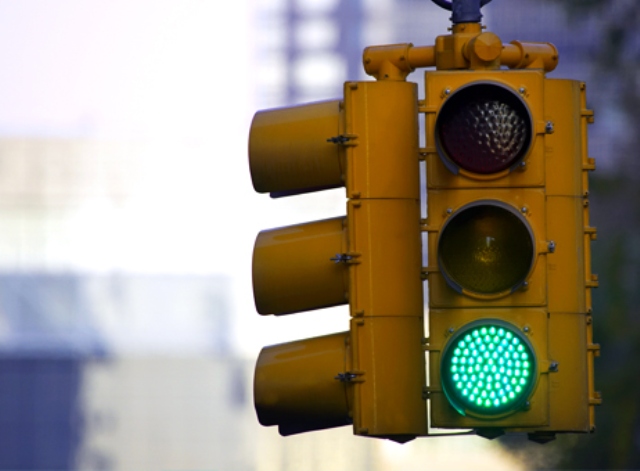
Imagine yourself driving at speed on the road because the light just turned green and based on the countdown timer, you approximate that you have ample time to pass the crossing. Suddenly, even if the traffic light is still green, a traffic enforcer stands in the middle of the road and signals you to stop. Isn’t that dangerous?
I believe there is a reason behind this, but it can be confusing and can cause accidents on the road. I hope there’s a better way to solve whatever it is that they are trying to solve by manually overriding the purpose of traffic lights by traffic enforcers waving their hands so you would stop on a green light.
6. Why do they open car trunks and bags but not check them thoroughly?
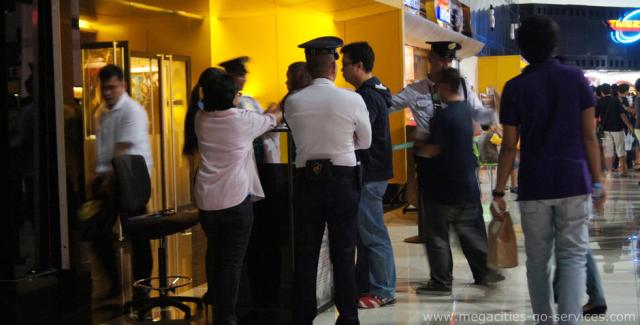
When entering parking lots of buildings, mostly malls, in the city, we are asked to open the trunk of our cars so security guards can take a peek of what’s inside. The same thing goes when we enter a building, mostly malls, where we are requested to open our bags so security cards can stick their baton inside and “search” for “suspicious” items. I understand that it is a matter of security but I believe that if it’s really checking, don’t do it halfheartedly. Additionally, it seems that guards just become strict after an unfortunate incident has already happened. Then, a few days later, we’re all back to lax security checks. And then, a few days more, the same unfortunate incident can happen, just in a different location.

